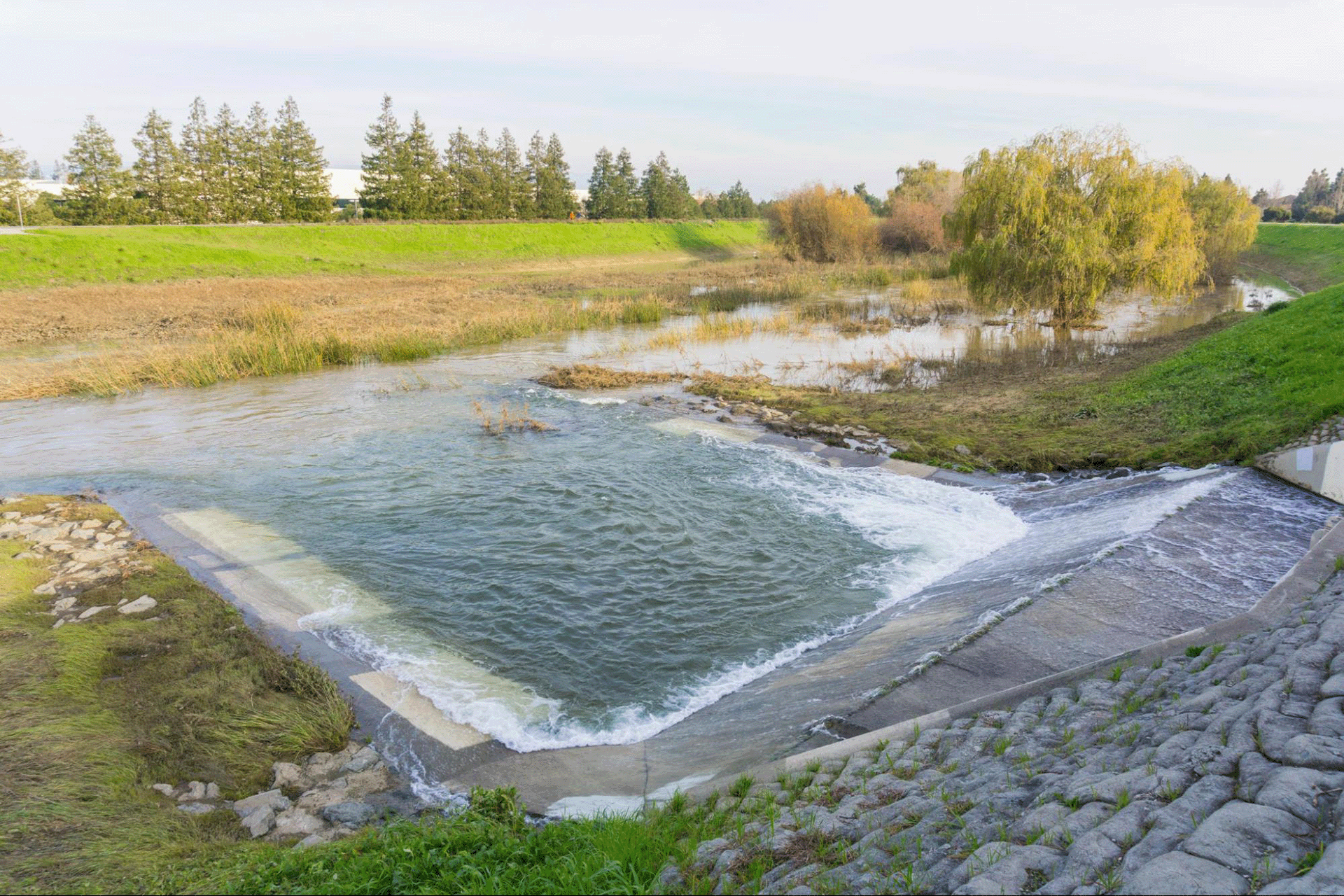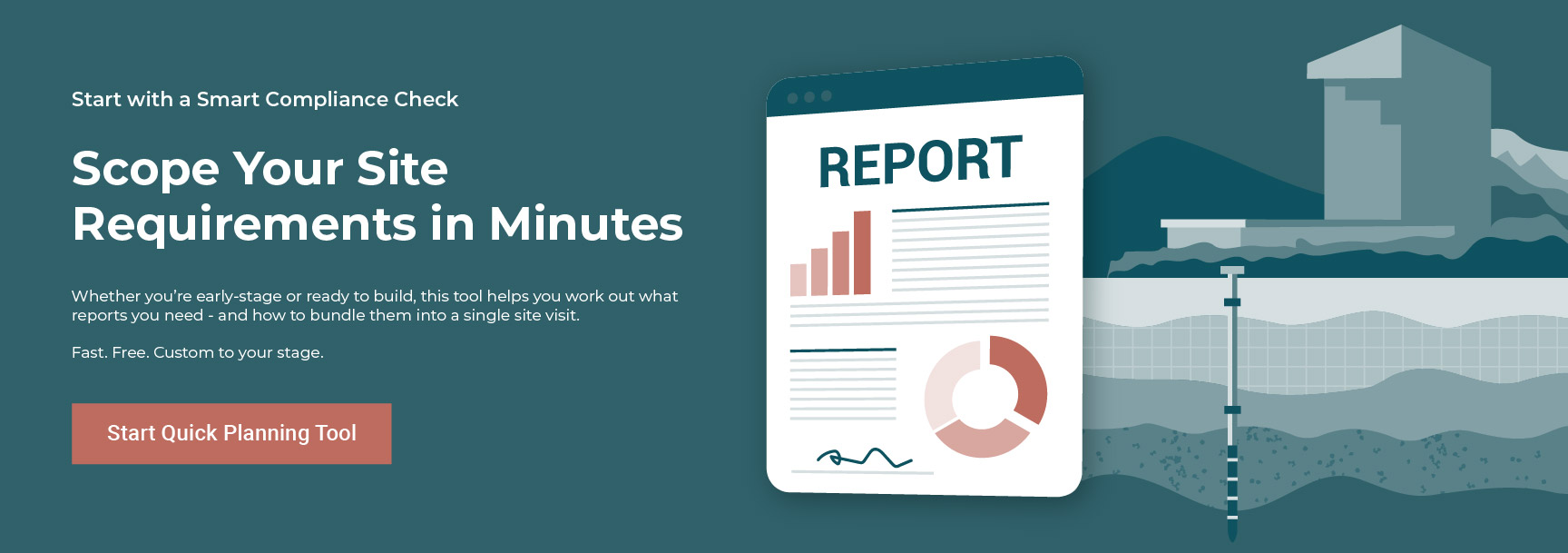Groundwater is a vital resource for ecosystems, agriculture, industry, and drinking water supplies. However, it’s also highly vulnerable to contamination from landfills, industrial activities, and development. Monitoring plays a critical role in identifying threats early and ensuring compliance with environmental standards.
This article answers five commonly asked questions about how groundwater monitoring protects environmental health.
Why Is Groundwater Monitoring Important in Contaminated Land Management?
Groundwater monitoring is essential for understanding how pollutants travel beneath the surface. When land is impacted by chemical spills, waste disposal, or leachate from industrial or landfill sites, contaminants often seep into the groundwater. Once there, they can spread far beyond the original source.
Monitoring programs help detect:
- Petroleum hydrocarbons from service stations
- Heavy metals and solvents from industrial operations
- Leachate from landfill and waste storage sites
- Nutrient and pesticide runoff from agricultural activities
In contaminated land management, monitoring is key for assessing risk, planning remediation, and meeting EPA obligations under the Protection of the Environment Operations Act 1997 and the Contaminated Land Management Act 1997 in NSW.
What Types of Contaminants Are Commonly Detected in Groundwater?
The contaminants found in groundwater vary depending on the site’s past use and proximity to other sources of pollution. Some of the most frequently detected include:
- Heavy metals – lead, arsenic, cadmium, and mercury from manufacturing or mining
- Hydrocarbons – benzene, toluene, and xylene from petrol and diesel storage
- Chlorinated solvents – trichloroethylene (TCE), often used in degreasing
- Nutrients – nitrogen and phosphorus from fertilisers or septic leakage
- Pathogens – from waste disposal or sewer overflows
These substances can cause long-term damage to aquatic ecosystems and pose serious risks to human health if groundwater is used for irrigation or consumption.
How Is Groundwater Monitoring Carried Out on Development Sites?
Environmental consultants install monitoring wells (also called bores) to sample groundwater at various depths and locations across a site. Key steps in a typical monitoring program include:
- Installation of bores at locations based on geology, site layout, and known contamination
- Regular sampling and laboratory analysis to track changes in water quality
- Measurement of groundwater levels and flow direction to assess migration risk
- Comparison of results against investigation and remediation criteria under the NEPM and EPA guidelines
In some cases, continuous sensors or telemetry systems are used to provide real-time water quality data. Consultants often carry out seasonal monitoring over several months to account for changes in rainfall, temperature, and groundwater behaviour.
Start with a Smart Compliance Check
Scope Your Site Requirements in Minutes
Whether you're early-stage or ready to build, this tool helps you work out what reports you need and how to bundle them into a single site visit.
Fast. Free. Custom to your stage.
When Is Ongoing Groundwater Monitoring Required?
Ongoing groundwater monitoring is typically required when:
- Contamination has been confirmed by a Detailed Site Investigation (DSI)
- A Remedial Action Plan (RAP) includes groundwater as part of the clean-up
- The site is under a Voluntary Management Proposal or EPA Notice
- Residual contamination remains after remediation and needs to be tracked
Monitoring programs are usually defined in Site Management Plans or Long-Term Environmental Management Plans (LTEMPs). These documents outline how compliance will be verified and reported to authorities. They may include trigger levels for action if contamination levels rise unexpectedly.
How Does Groundwater Monitoring Support Environmental Health Outcomes?
Groundwater monitoring contributes to environmental protection in several critical ways:
- Early detection of pollution – allowing for faster response before contamination spreads
- Protection of drinking water supplies – particularly in rural or regional areas
- Safeguarding of sensitive ecosystems – such as wetlands and estuaries
- Improved planning decisions – by informing developers and regulators about site suitability
- Regulatory compliance – helping businesses and councils avoid penalties and remediation orders
By identifying risks early, groundwater monitoring reduces the likelihood of environmental harm, costly remediation, and reputational damage. It’s a proactive measure that aligns development with environmental stewardship.
Protect What’s Beneath the Surface
Whether you’re managing a landfill, planning a large-scale development, or addressing contamination on a legacy site, groundwater monitoring is essential to protect health, reduce liability, and meet compliance obligations.
How Nova Group Pacific Can Help
Nova Group Pacific designs and manages comprehensive groundwater monitoring programs tailored to your site conditions and compliance needs. From bores and sampling to EPA reporting and risk assessments, we provide full-service support that protects both your project and the environment.
Book a consultation today to discuss your groundwater monitoring requirements.












.png)







